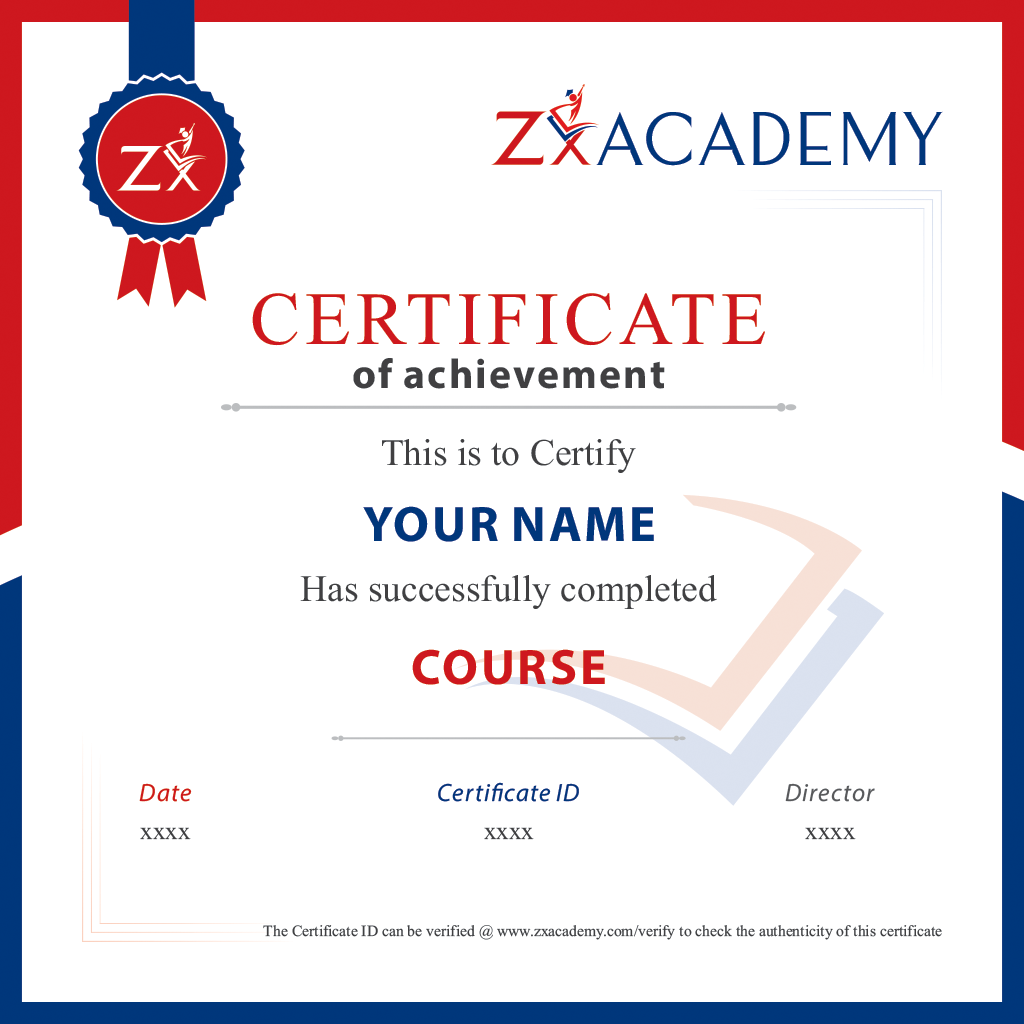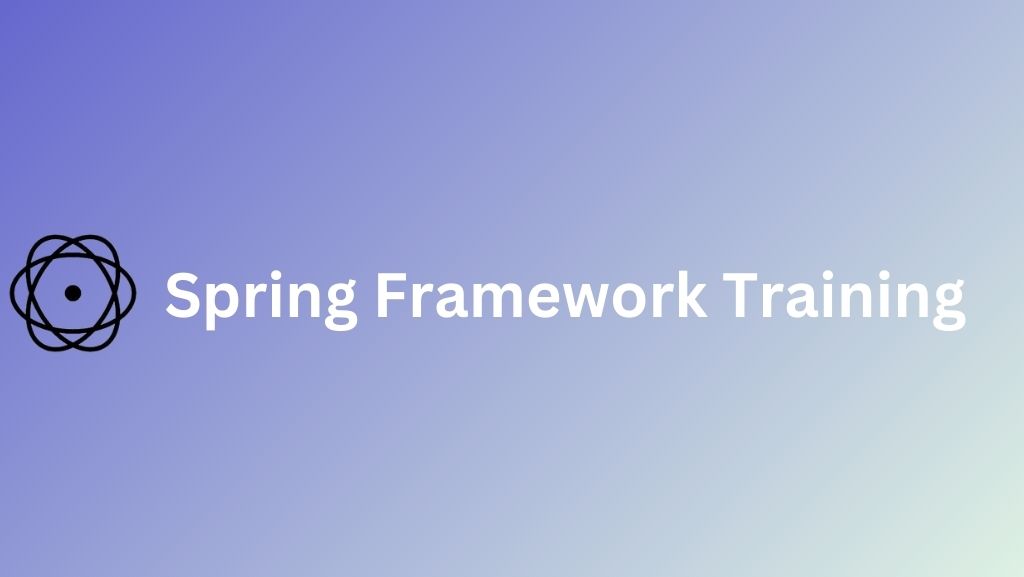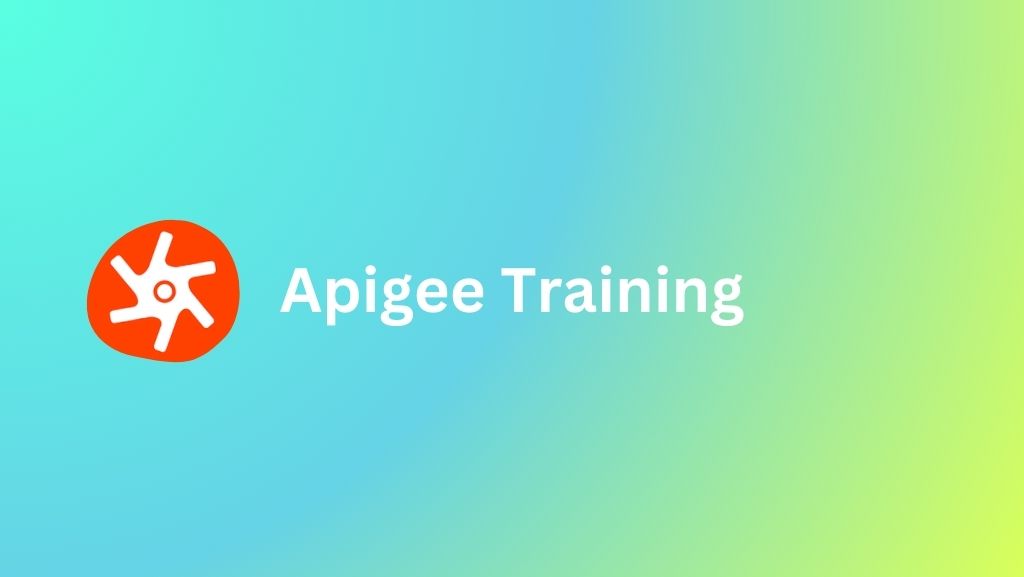Upcoming Batches for Applied Data Science with Python
Not compatible with the above dates?
Applied Data Science with Python Course Details
The Zx Academy presents the Applied Data Science, with Python Course, which aims to teach individuals how to utilize the Python programming language, for data manipulation. This program focuses on enhancing your comprehension and practical application of data analysis methods to begin real-life issues. Along your learning path, our team of instructors will offer guidance and assistance.
One notable feature of this course is its flexibility allowing you to learn at your pace. Whether you have a schedule or prefer studying at times the course can be personalized to meet your individual needs. By acquiring the skills to analyze data using Python you can gain an edge, in job applications. Even progress further in your current career.
Take the step by enrolling in this course and dip yourself in a supportive and easily accessible learning environment.
The Applied Data Science with Python Course is created to provide learners with practical skills in data science using Python. This course covers the entire data science workflow, from data collection and cleaning to advanced machine learning techniques. At Zx Academy, our 'Applied Data Science with Python' training includes practical projects, allowing participants to gain valuable experience in solving real-world problems.
Python Programming for Data Science:
Understand how to use Python, an important training language for data-connected tasks.
Data Manipulation and Analysis:
Provide the way to work with, control, and determine the necessary conclusions.
Machine Learning Algorithms:
It Provides participants with the knowledge for finding and understanding different types of machine learning algorithms, enabling one to construct projecting models and make informed decisions based on data.
Data Visualization Techniques:
Attain the ability to visualize data for the comfort of communication findings as well as trending.
Real-world Project operation:
Implement what you have learned through practical exercises that address real issues faced by data scientists.
What shall you expect from our applied data science with Python training?
The full learning process at Zx Academy hinges on the fundamental elements of Python programming and used data science. In the Applied Data Science with Python training, you will learn:
Introduction to Python:
- The basics of Python the programming language.
- Learn simple Python code writing and running.
Data Basics:
- Investigate what data is all about and its implications.
- Know how to arrange and tidy up data for analysis.
Python Libraries:
- Learn popular Python modules like Pandas and NumPy.
- Know how the use of such libraries simplifies working with data.
Statistical Analysis:
- Get insights on statistical concepts to help in data interpretation.
- Apply statistical methods using Python.
Machine Learning Fundamentals:
- Acquireanbeginning to machine learning and its real-world applications.
- Learn how to execute basic machine learning algorithms.
Data Visualization:
- Learn how to use tools like Matplotlib to make pictures of data.
- Make it easy for people to know various figures and diagrams.
Practical Applications:
- In what and where does data science apply in different areas?
- Realize how data analytics contribute to the real world.
Problem-Solving Skills:
- Solve data-related problems using developed critical thinking skills.
- Learn how to address difficult problems using data.
Communication with Data:
- Discover ways to present data to improve communication with your findings.
- Certify other people understand what you see or perceive.
Collaboration and Teamwork:
- Discovering the conjoint aspect of data science.
- Solve data problems through group projects.
Who Should Take Applied Data Science with Python Course Training?
Future Data Scientists: The course is great if you want to work with data about what it hides.
Business Explorers: This course will be extremely useful for those business analysts striving to draw meaningful conclusions from their gathered data.
Enthusiasts for Coding: Taking this course will further improve your expertise in coding experiments, especially if you are a Python enthusiast.
Decision-Makers: The course also benefits individuals who are professionals and students. It’s beneficial for anyone interested in making better-informed decisions based on data.
What are the Prerequisites for taking the Applied Data Science with Python Course?
There are no specific basics required. A motivation to learn, dedication, and the talent to adapt to new concepts and technologies are essential for success in this training.
Why Should You Go for Applied Data Science with Python Training?
There are several forceful reasons to consider enrolling in the Applied Data Science with Python training:
High Demand for Data Scientists:
In Today's data-driven world, there is anincreasing demand for professionals with data science skills. This training suppliesyou with the skills needed to meet this demand.
Career Advancement:
Learning Python Applied Data Science skills can greatly improve your chances of getting a good job. Candidates with experience in data science are given preference by many companies, and these abilities can lead to a variety of positions, including data scientist, machine learning engineer, or data analyst.
Professional Growth:
Developing proficiency in Applied Data Science with Python is not only about acquiring technical skills but also about professional growth. The problem-solving mindset and analytical thinking developed during training can be applied to various aspects of work.
Adaptable Skillset:
The course covers a comprehensive range of data science topics, including Python programming, data manipulation, machine learning, and data visualization. This skill set is applicable across various industries and job roles.
Gain Practical Knowledge:
The training emphasizes practical projects, allowing you to apply your knowledge in real-world scenarios. This practical experience enhances your ability to begin actual challenges in the field.
Flexibility in Learning:
With the option to learn at your own pace through the online platform, the course provides flexibility for individuals with busy schedules or specific study preferences.
Opportunities for Networking:
Joining a data science training course offers the chance to make connections with instructors, professionals in the field, and others who share your interests. Collaborations, job opportunities, and perceptive conversations can all result from networking.
The training program, in Applied Data Science with Python not focuses on the growing demand for data science skills. Also provides opportunities, for career growth and advancement in a rapidly evolving technological environment.
Salary Trends:
Currently the data scientists with python skill are in high demand through good pay packages and solid competition. In the US salaries may reach $103,500 a year, while in India they can differ between Rs. 9,00,000 and 31,00,000 a year, depending on a practitioner’s position and uniqueAre you excited about this?
Applied Data Science with Python Curriculum
NumPy
NumPy Arrays
Select NumPy Operations
SciPy
pandas
Creating a pandas DataFrame
Fetching and Sorting Data
Scikit-learn
Matplotlib
Seaborn
Python Dev Tools and REPLs
IPython
Jupyter
Jupyter Operation Modes
Jupyter Common Commands
Anaconda
Data Science, Machine Learning, AI?
The Data-Related Roles
The Data Science Ecosystem
Tools of the Trade
Who is a Data Scientist?
Data Scientists at Work
Examples of Data Science Projects
An Example of a Data Product
Applied Data Science at Google
Data Science Gotchas
Data Discovery Phase
Data Harvesting Phase
Data Priming Phase
Exploratory Data Analysis
Model Planning Phase
Model Building Phase
Communicating the Results
Production Roll-out
Data Logistics and Data Governance
Data Processing Workflow Engines
Apache Airflow
Data Lineage and Provenance
Apache NiFi
Non-uniformity of a Probability Distribution
Using NumPy for Calculating Descriptive Statistics Measures
Finding Min and Max in NumPy
Using pandas for Calculating Descriptive Statistics Measures
Correlation
Regression and Correlation
Covariance
Getting Pairwise Correlation and Covariance Measures
Finding Min and Max in pandas DataFrame
Dealing with the Missing Data
Sample Data Set
Getting Info on Null Data
Dropping a Column
Interpolating Missing Data in pandas
Replacing the Missing Values with the Mean Value
Scaling (Normalizing) the Data
Data Preprocessing with scikit-learn
Scaling with the scale() Function
The MinMaxScaler Object
Data Visualization in Python
Matplotlib
Getting Started with matplotlib
The matplotlib.pyplot.plot() Function
The matplotlib.pyplot.bar() Function
The matplotlib.pyplot.pie () Function
Subplots
Using the matplotlib.gridspec.GridSpec Object
The matplotlib.pyplot.subplot() Function
Figures
Saving Figures to a File
Seaborn
Getting Started with seaborn
Histograms and KDE
Plotting Bivariate Distributions
Scatter plots in seaborn
Pair plots in seaborn
Heatmaps
ggplot
Terminology: Features and Observations
Representing Observations
Terminology: Labels
Terminology: Continuous and Categorical Features
Continuous Features
Categorical Features
Common Distance Metrics
The Euclidean Distance
What is a Model
Supervised vs Unsupervised Machine Learning
Supervised Machine Learning Algorithms
Unsupervised Machine Learning Algorithms
Choosing the Right Algorithm
The scikit-learn Package
scikit-learn Estimators, Models, and Predictors
Model Evaluation
The Error Rate
Confusion Matrix
The Binary Classification Confusion Matrix
Multi-class Classification Confusion Matrix Example
ROC Curve
Example of an ROC Curve
The AUC Metric
Feature Engineering
Scaling of the Features
Feature Blending (Creating Synthetic Features)
The 'One-Hot' Encoding Scheme
Example of 'One-Hot' Encoding Scheme
Bias-Variance (Underfitting vs Overfitting) Trade-off
The Modeling Error Factors
One Way to Visualize Bias and Variance
Underfitting vs Overfitting Visualization
Balancing Off the Bias-Variance Ratio
Regularization in scikit-learn
Regularization, Take Two
Dimensionality Reduction
PCA and isomap
The Advantages of Dimensionality Reduction
The LIBSVM format
Life-cycles of Machine Learning Development
Data Splitting into Training and Test Datasets
ML Model Tuning Visually
Data Splitting in scikit-learn
Cross-Validation Technique
Hands-on Exercise
Classification (Supervised ML) Examples
Classifying with k-Nearest Neighbors
k-Nearest Neighbors Algorithm
k-Nearest Neighbors Algorithm
Hands-on Exercise
Regression Analysis
Regression vs Correlation
Regression vs Classification
Simple Linear Regression Model
Linear Regression Illustration
Least-Squares Method (LSM)
Gradient Descent Optimization
Multiple Regression Analysis
Evaluating Regression Model Accuracy
The R2 Model Score
The MSE Model Score
Logistic Regression (Logit)
Interpreting Logistic Regression Results
Decision Trees
Decision Tree Terminology
Properties of Decision Trees
Decision Tree Classification in the Context of Information Theory
The Simplified Decision Tree Algorithm
Using Decision Trees
Random Forests
Hands-On Exercise
Hands-on Exercise
Support Vector Machines (SVMs)
Naive Bayes Classifier (SL)
Naive Bayesian Probabilistic Model in a Nutshell
Bayes Formula
Classification of Documents with Naive Bayes
Unsupervised Learning Type: Clustering
Clustering Examples
k-Means Clustering (UL)
k-Means Clustering in a Nutshell
k-Means Characteristics
Global vs Local Minimum Explained
Hands-On Exercise
XGBoost
Gradient Boosting
Hands-On Exercise
A Better Algorithm or More Data?
Additional Documentation
Which version of Python am I running?
Python Dev Tools and REPLs
IPython
Jupyter
Jupyter Operation Modes
Jupyter Common Commands
Anaconda
Python Variables and Basic Syntax
Variable Scopes
PEP8
The Python Programs
Getting Help
Variable Types
Assigning Multiple Values to Multiple Variables
Null (None)
Strings
Finding Index of a Substring
String Splitting
Triple-Delimited String Literals
Raw String Literals
String Formatting and Interpolation
Boolean
Boolean Operators
Numbers
Looking Up the Runtime Type of a Variable
Divisions
Assignment-with-Operation
Comments:
Relational Operators
The if-elif-else Triad
An if-elif-else Example
Conditional Expressions (a.k.a. Ternary Operator)
The While-Break-Continue Triad
The for Loop
try-except-finally
Lists
Main List Methods
Dictionaries
Working with Dictionaries
Sets
Common Set Operations
Set Operations Examples
Finding Unique Elements in a List
Enumerate
Tuples
Unpacking Tuples
Functions
Dealing with Arbitrary Number of Parameters
Keyword Function Parameters
The range Object
Random Numbers
Python Modules
Importing Modules
Installing Modules
Listing Methods in a Module
Creating Your Own Modules
Creating a Runnable Application
List Comprehension
Zipping Lists
Working with Files
Reading and Writing Files
Reading Command-Line Parameters
Accessing Environment Variables
What is Functional Programming (FP)?
Terminology: Higher-Order Functions
Lambda Functions in Python
Example: Lambdas in the Sorted Function
Other Examples of Using Lambdas
Regular Expressions
Using Regular Expressions Examples
Python Data Science-Centric Libraries
Like the curriculum?
Projects on Applied Data Science with Python
Social Media Network Analysis:
Explanation: Analyze the network construction of a social media stand. Identify leading users, communities, and patterns of information flow.
Skills acquire: systemtesting, graph theory, Python training.
Identifying Credit Card Fraud:
Develop a system that can identify instances of credit card fraud. To differentiate between fraudulent transactions utilize classification algorithms.
Skills Required: Python training, machine learning, scam detection, and organization algorithms.
Project Resources
Applied Data Science with Python Certification

Get certification or Get ahead with Zx Academy’s Certification or
Faq’s for Applied Data Science with Python
Reviews
Monisha
Manasa




